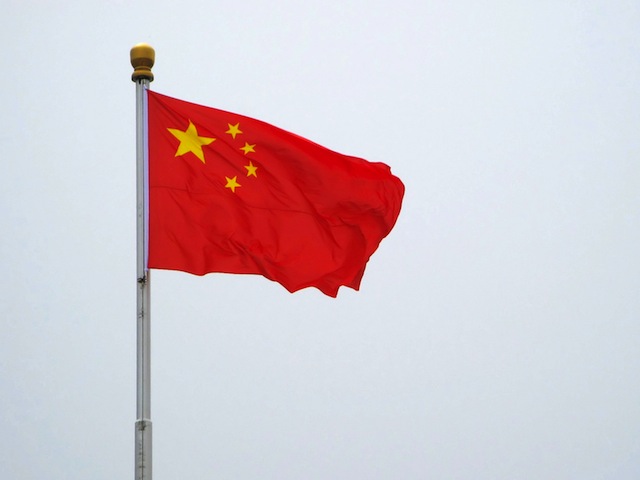When I first visited China in the late 1980s, I was amused at all the adverts for Rolex watches and Luis Vuitton handbags lining Shanghai’s Bund and the streets of Guanzhou; “how many Chinese can afford these goods?” I asked.
The response was usually along the lines of there are a billion Chinese and if only one percent can afford these products then that’s a huge market.
Over the years since we’ve seen consumer brands pour into China only to find the markets for Western style consumer goods aren’t what they expected. Many have left with their tails between their legs.
The New York Times looked at this in their weekend story “Come On China, Buy our Stuff.”
What many misunderstand is that while there are some millions of well heeled Chinese who can afford a Rolex, the vast majority simply cannot afford a Western style consumer lifestyle.
The average Chinese income in 2010 was $4,270 per person according to the World Bank. For the United States, average income was over ten times China’s at $47,000. The average across the Europe Union is just over $32,000. India’s was only $1,330.
So any business selling into the PRC expecting to find a consumer society like those of Northern Europe, Japan, the United States or Australia’s is in for a disappointing experience. Chinese households have neither the income or access to the credit lines that drove the Western consumerist societies over the last thirty years.
For economists hoping that Chinese and Indian workers can pick up the world economy’s slack by becoming consumers on a level similar to European and US workers, they are deluded; this is at least a generation away.
According to the Nation Master web site, the US had a similar average income to what China’s current levels in 1900. While there are clearly some differences in measures, we can say today’s Chinese workers are – in wealth terms – around a century behind their US colleagues.
It may take a century for Chinese workers to catch up with Europe and North America, but it won’t happen as quickly as businesses and economists hope.
Those hoping China will take up the slack left from the excesses of the 20th Century credit boom are going to have to look for a plan B. It may be up to the rest of us to find what’s going to drive the world economy for the next twenty years.

Leave a Reply